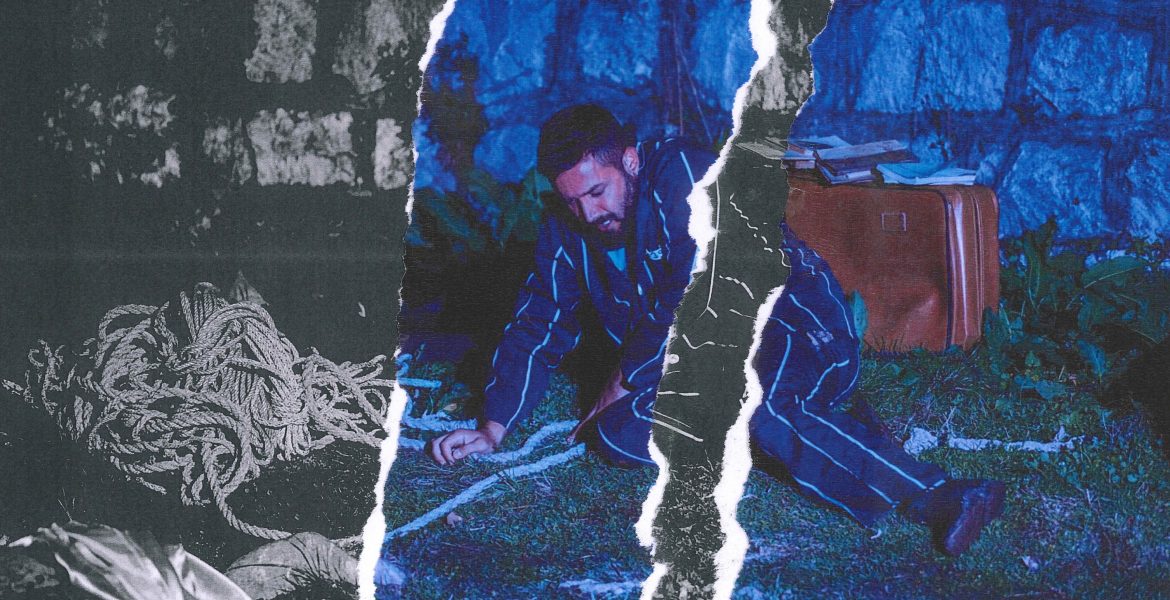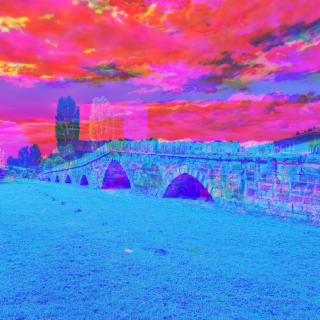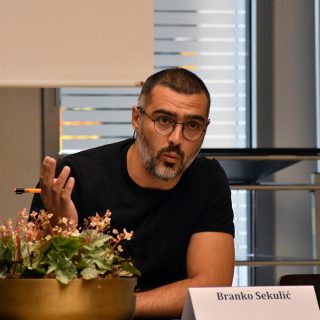We must learn that Roma memories are part of Kosovo’s past, and that Roma dreams belong to its future.
Growing up Roma in Kosovo meant growing up with a deep sense of presence and absence at the same time. We were there — before, during and after any war — yet so rarely did I see us reflected in the stories told about this country’s pain, its recovery, or its hopes for peace. In official narratives, peace was a matter between two sides. But what about those of us who had no side, or who were condemned precisely for not having one?
My first opportunity to speak about the Roma experience in an international setting — especially our witness to the Kosovo war — came in 2011 at the Youth Peace Camp organized by the Council of Europe. The camp brought together young people from post-conflict societies to explore the meaning of peace, memory and reconciliation. It was within this space, one shaped by good intentions and carefully-worded frameworks, that I first realized how complex and uncomfortable it can be to represent a community whose history doesn’t neatly align with dominant narratives.
As I spoke about how Roma communities were caught between shifting frontlines, often unjustly accused and stigmatized, I sensed how unfamiliar these stories were to many of those present. In spaces committed to neutrality and dialogue, the Roma experience raised uncomfortable questions — about who is remembered, who is held accountable, and who is left in the grey zones of history.
The very word neutrality, so often celebrated in international peacebuilding spaces as a virtue, felt limited. Historically, my people were punished precisely because they were perceived as neutral. So what good was there in this word, when for us, neutrality was never safe, never neutral at all? It became clear to me that even in peacebuilding efforts, some voices are still struggling to be heard, not because they lack truth, but because the frameworks of remembrance were never designed to hold them.
Writing the Roma people back into history
Because the official channels of remembrance were closed to us, I turned to art. Theater, poetry and storytelling became the ways I could make space for the Roma experience, not just as a subject of pity or problem-solving, but as a source of knowledge, resilience and vision. My two single-act plays, “Panta Rhei” and “02.08.1944,” emerged from that need. They tell the story of the Roma nation trying to make sense of a world that both excludes them and demands their silence, two fictional tales rooted in very real memories — mine, and those of many others who didn’t have the chance to speak.
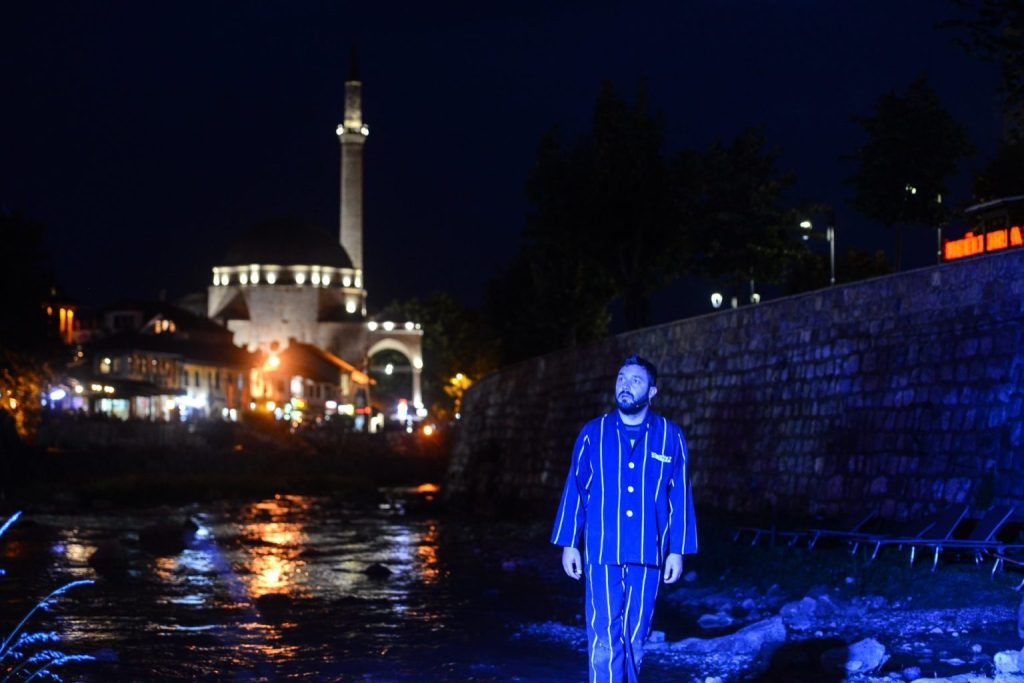
Along the way, I realized just how deep this silence runs, even within my own family. I come from a well-educated household, where history, culture and learning are highly valued. And yet we, like many others, were only vaguely aware of the fate of Roma people in the wars that shaped this region and the world — including the Roma Holocaust during World War II — and of the courage and sacrifice they gave in pursuit of a dignified life. This absence was not due to indifference, but to the systemic erasure of Roma stories, an erasure that made even the proudest among us forget that we too had fought, endured and dreamed.
Art allows us to ask: whose stories are told, and whose are left out? It allows us to speak in our own language, on our own terms, to audiences who may never have considered our perspective. For too long, Roma have been spoken about rather than spoken with, portrayed in novels, films and songs by non-Roma voices that often romanticize, criminalize or distort our reality. Take our literary classics: recurring tropes appear again and again — the exotic outsider, the thief, the fortune teller — fictional roles that rarely reflect the dignity, complexity or humanity of real Roma lives.
I think of Wuthering Heights, where the main character, Heathcliff, is described as a ‘dark-skinned gypsy’ and depicted as both savage and inscrutable, his identity racialized and pathologized. Or of D.H. Lawrence’s The Virgin and the Gypsy, where the unnamed Roma figure embodies the exotic, hypersexualized ‘other,’ presented as a mysterious catalyst for the English protagonist’s liberation. These portrayals, while fictional, have shaped a public image that lingers to this day, continuing to influence how Roma people are perceived: not as full citizens or neighbors, but as mythologized others.
In that sense, creating art as a Roma person in Kosovo is not just an act of cultural expression, it is an act of resistance, of survival, and of peacebuilding. When you grow up surrounded by stories that erase or misrepresent you, reclaiming your own narrative becomes a political act. When you write your people back into history, into dignity, into complexity, you resist invisibility. You survive centuries of silencing. And in doing so, you begin to build the kind of peace that includes you not as a footnote, but as a voice.
Education must change
But the misrepresentation of Roma does not begin with art, it begins much earlier, in the classroom. Misinformation and harmful stereotypes are quietly reinforced by educational systems across the world, including here in Kosovo. School textbooks routinely omit or distort the Roma’s past, ignore our cultural contributions, and rarely include us in national history in any meaningful way. It is through these silences and omissions that prejudice is passed on: normalized, unquestioned and reproduced across generations. In its most hardened form, it culminates in outright segregation.
In my work as an educator, I have seen how erasure operates not only in public memory but in the everyday lives of children. Roma students go through an education system that barely acknowledges their language, history or contribution to society. As we have seen with students from communities emerging from colonization, Roma children experience a similar quiet violence in being expected to learn everything about everyone else, yet nothing about themselves.
That is why I believe education, when decolonized, can be a form of healing, a space where we teach not only facts but dignity. Simply put: when students never see their community reflected in the curriculum, they learn that their history and identity don’t matter. Decolonizing education means bringing those missing narratives back, and in doing so, showing every student that they do.
Decolonization typically refers to the process by which a colony gains independence from its colonizer, often used to describe the attainment of independence by states across Africa, Asia, the Americas and Oceania after World War II. Scholars have recognized that decades of colonization shaped societies in ways that formal independence alone could not undo. Since then, formerly colonized communities have worked to decolonize many aspects of social life — from education and language to history, geography and the arts, including peacebuilding — challenging the dominance of white European beliefs and practices, rediscovering indigenous knowledge and agency, and promoting a more inclusive, critical and historically accurate understanding of the past and present. Such efforts are equally relevant in other contexts marked by systemic oppression, including the experiences of Roma communities across Europe.
With this in mind, I am currently working to adapt my theater plays into books, turning them into accessible tools for learning. Alongside this, I plan to initiate a series of open, honest conversations with young people — both Roma and non-Roma — to expand their understanding of history, identity and the often-overlooked presence and contributions of the Roma community.
This is not just for Roma students. When Roma students are included in the curriculum, everyone benefits. It helps dismantle prejudice early on, giving Roma students a sense of visibility and belonging, while allowing non-Roma students to grow up with a fuller, more accurate understanding of the society they live in. And when Roma people feel they belong, they are more likely to trust, participate and care for the society around them. From the Roma perspective, this is what peace looks like.
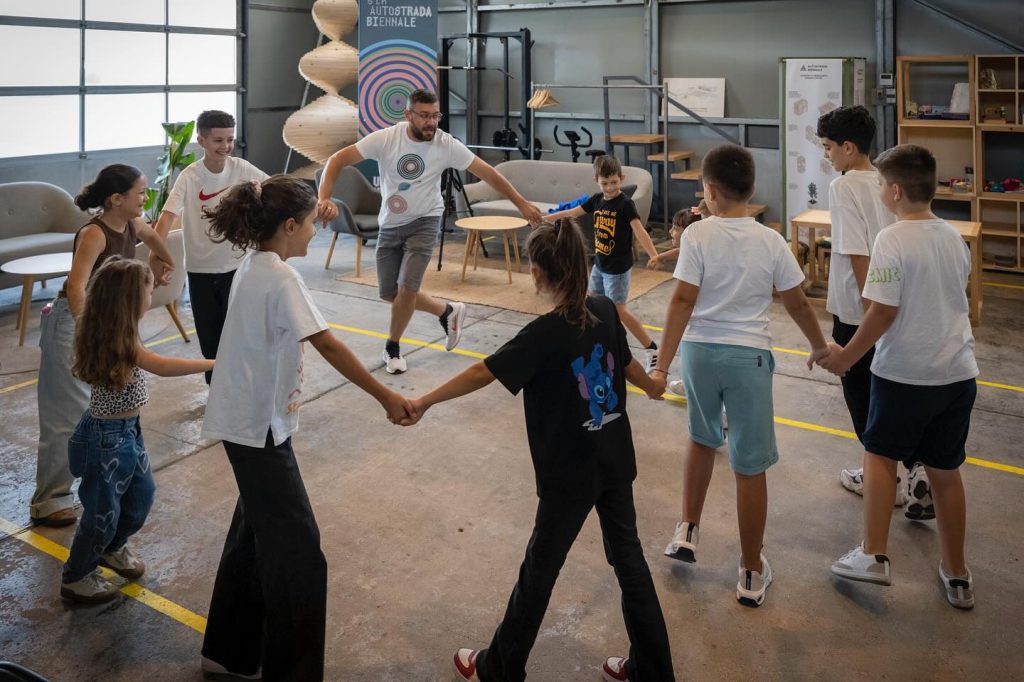
Peace as belonging
Being Roma teaches me that peace isn’t just about ending violence or being tolerated. It isn’t about us simply being in the picture. It is about being truly seen, being heard, and being able to tell our story in our own way — having a meaningful presence in memory, in culture, in language and beyond.
This is hard to achieve and almost always uncomfortable. That is why belonging is still a contested space. Much of the peacebuilding rhetoric I hear mentions inclusion, but inclusion is not the same as justice. Sometimes inclusion means being invited to a table where the rules have already been written, where you are expected to be grateful just for being there. This is not belonging, nor is it peace.
Anti-racism in the Roma context requires more than policy papers or awareness campaigns. It requires the courage to engage with us authentically, and listen to what we have been saying all along: peace built without us is not peace at all.
Seen from here, peace is not a grand declaration. It is something much smaller and more intimate: a child speaking Romani in public without shame, a family walking home at night without fear, a community practicing their traditions without needing permission. It is being able to remember — not only the tragedies, but also the joys — without having to justify our place in this or any country.
We Roma do not ask for more than others. But we do ask to be seen. Our memories are part of this region’s past, and our dreams are part of its future.
Feature image: Collage featuring photography by Tughan Anit. Courtesy of Autostrada Biennale.
Edis Galushi is a Roma activist, writer, translator and educator. A former journalist at Radio Television of Kosovo, he is now Deputy Principal of a private school in Prizren and a PhD candidate in Glottodidactics at the University of Zagreb. His work spans poetry, theater and cultural advocacy, with a focus on Roma identity and authentic representation.
